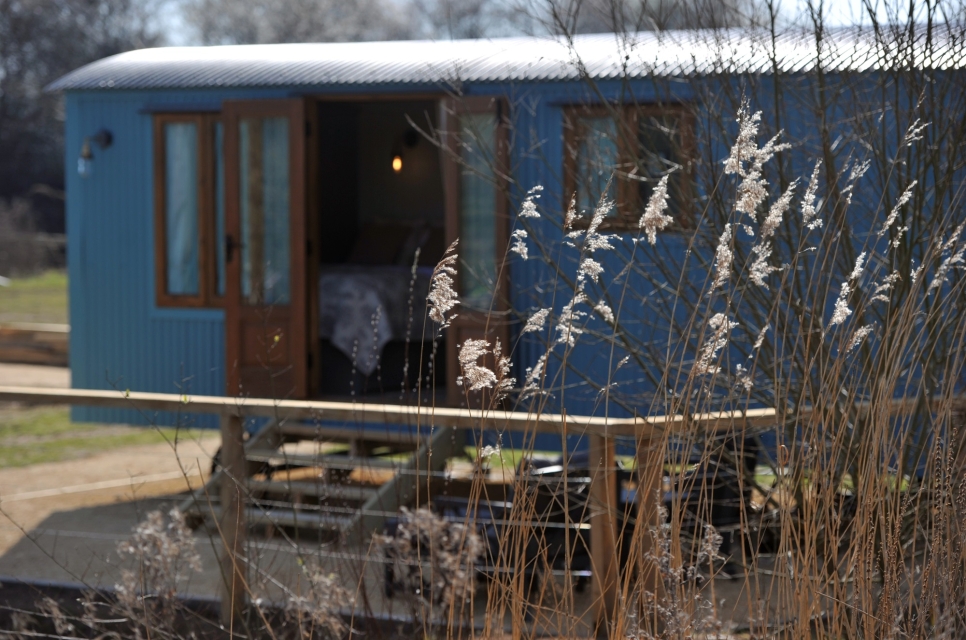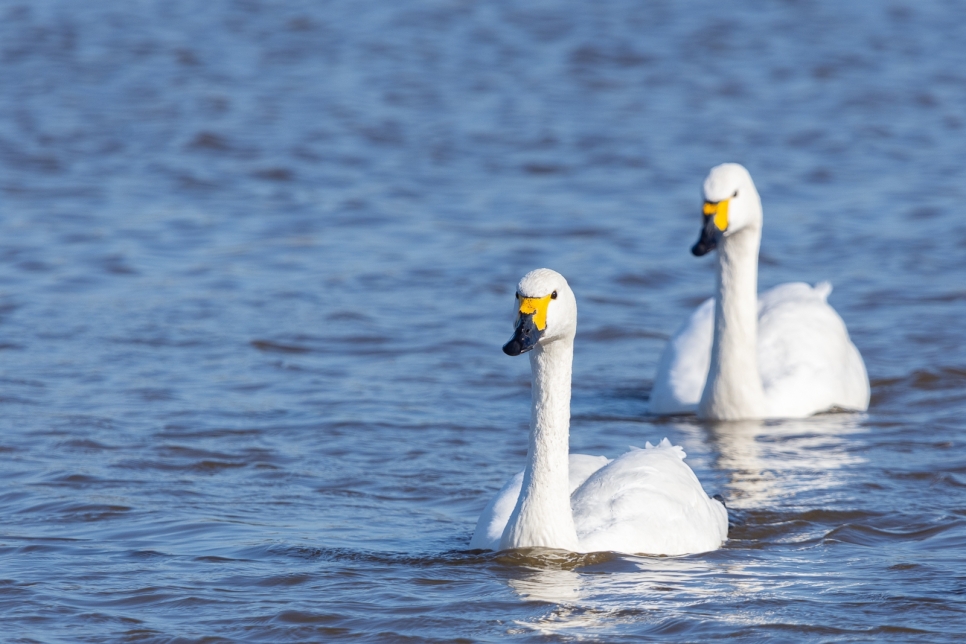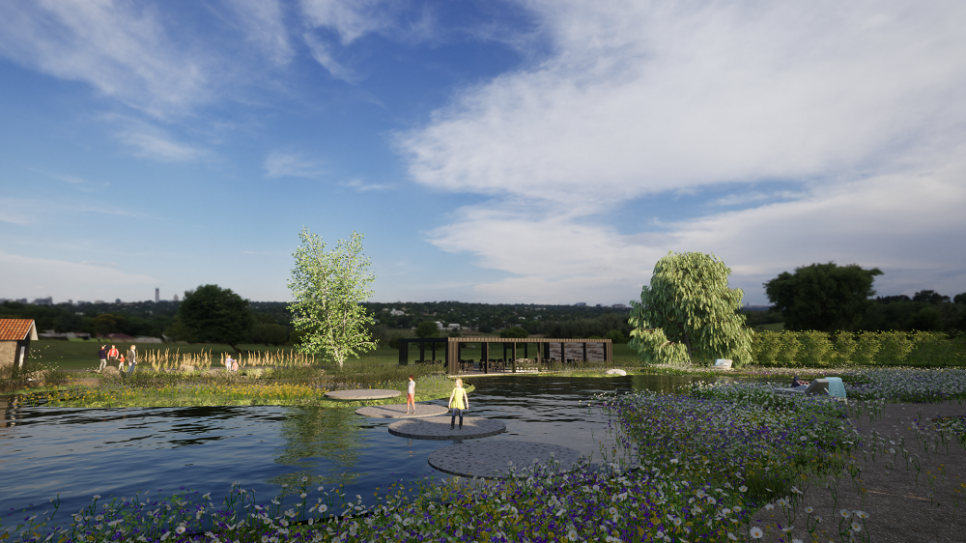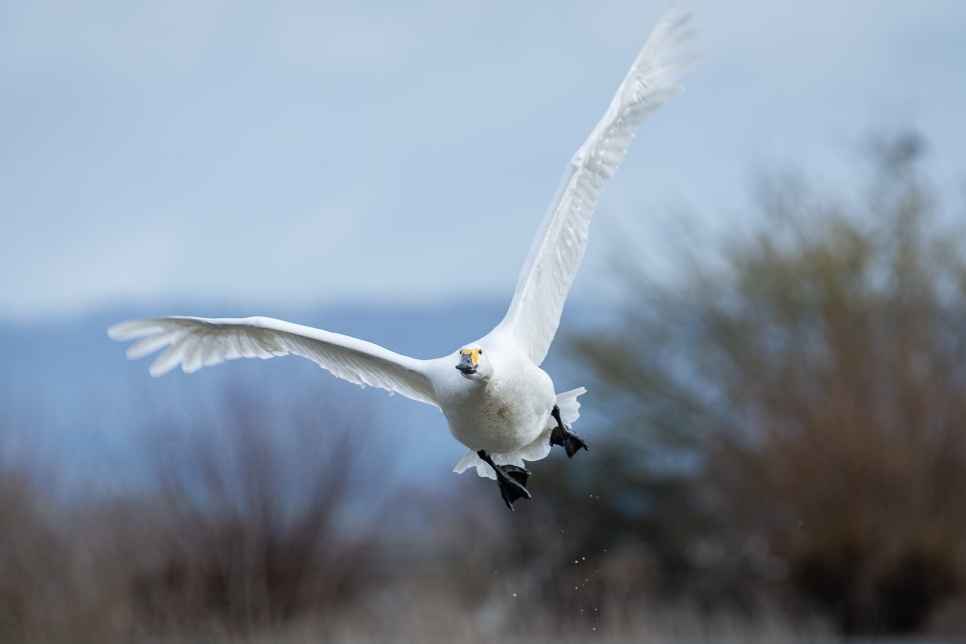Birthday Bewick’s! The first Bewick’s swans arrive on our 76th Birthday
The first pair of Bewick’s swans arrived at Slimbridge early on Thursday 10th November, which also marked WWT’s 76th anniversary.
The first pair of Bewick’s swans arrived at Slimbridge early on Thursday 10th November, which also marked WWT’s 76th anniversary.
The first Bewick’s to return this year were ‘Fortune Two’ and ‘Combo’. Fortune Two is nineteen years old and first arrived as a cygnet at Slimbridge with his parents ‘Sauber’ and ‘Manero’ in the winter of 2003-4. He paired with Combo in the winter of 2005-6 and they have returned every year since but have only managed to bring back cygnets once in 2013, which highlights the breeding challenges these swans have faced in recent years.
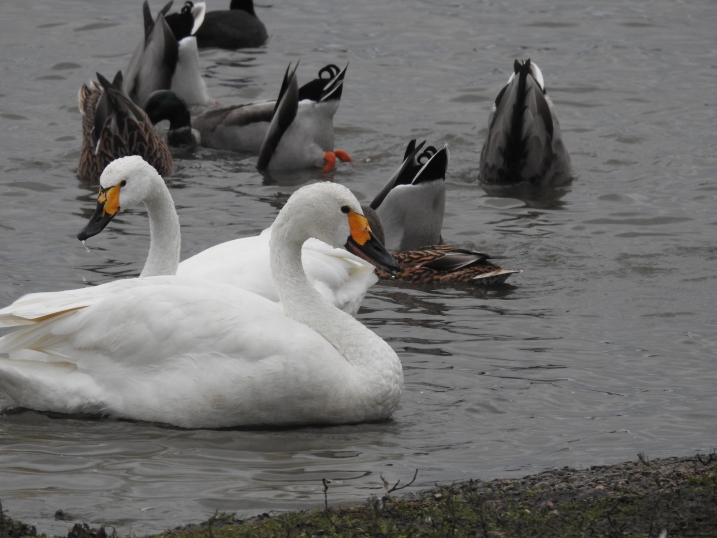
Fortune Two and Combo, photo credit: Steve Heaven / WWT
The arrival of Bewick’s swans hails the start of winter, however this year, it is the latest arrival for the species since 1965. This is likely due to mild climate conditions.
Dr Julia Newth, Ecosystem Health & Social Dimensions Manager at WWT says;
The arrival of the Bewick’s swans this year is later than usual, it has been a mild autumn in the Arctic so the Bewick’s have left their breeding grounds later. The Arctic is warming twice as fast as the rest of the planet and there are significant changes happening on the breeding grounds. Although we don’t fully know the impacts yet, changes in the weather do influence migratory patterns. Migration patterns are changing in other ways too. The Bewick’s swans are not wintering as far west as they used to and this is linked to the milder winters in Europe. The UK stronghold for these birds is in and around our wetland sites at Slimbridge and Welney with some around Martin Mere. These wetland habitats are vitally important wintering grounds for these amazing birds
Bewick’s are small white swans with a black and yellow bill. Every winter they return to the UK to escape the Arctic winters of Russia, travelling an epic 3,500 km journey. The arrival of the Bewick’s is spurred on by the onset of colder weather on the continent, north-easterly winds, and their need for access to ice-free wetlands.
As WWT celebrated its 76th Anniversary on 10th November, the Bewick’s swans arrival at Slimbridge is a timely reminder to the work of WWT founder Sir Peter Scott. Scott dedicated much of his time watching and studying Bewick’s swans. He was one of the first people to notice that each bird has a unique bill pattern making it possible to identify individuals. The WWT conservation team who are based at Slimbridge have been using this technique to identify and record individual Bewick’s swans for more than 50 years. Over that time, the comings and goings of individuals and family dynasties has led to over 10,000 swans being recorded, one of the longest single species study that has been researched.

Bewick's swans bill patterns by Sir Peter Scott
Bewick’s tend to be long-lived, but usually only two or three cygnets per family make it to their wintering sites in northwest Europe, and less than half of the population makes a breeding attempt each year. Numbers decreased from around 29,000 in 1995 to approximately 20,000 recorded in 2015, and conservationists are still trying to confirm the reasons for the decline. Research suggests that the swans have suffered a series of poor breeding years and this is likely to be contributing at least in part to their decline. They also still face other threats along their migratory route like illegal hunting and lead poisoning.
WWT works to support field conservation work for the protection of Bewick’s swans and for the vital wetlands they need to survive. WWT supports the Swan Champions initiative out in their Arctic breeding grounds. Concerns for the fate of Bewick’s swans among local residents has promoted them to start an initiative to unite scientists, hunters and the public in championing swans and their wetland home while reducing the hunting of swans. This network of people includes prominent figures representing indigenous groups, conservation organisations, academic and educational institutions, tourism and agencies and members of the regional government. Activities focus on improving the ability of hunters to recognise protected water birds and encouraging them to follow the laws that protect them.
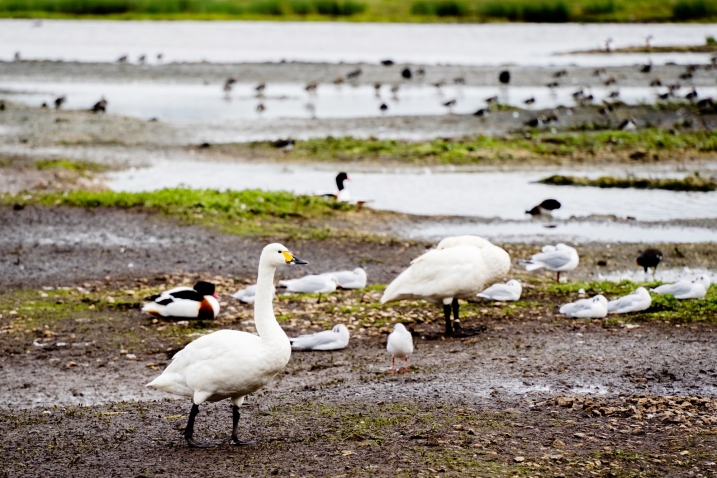
Combo, photo credit Amy Alsop / WWT
